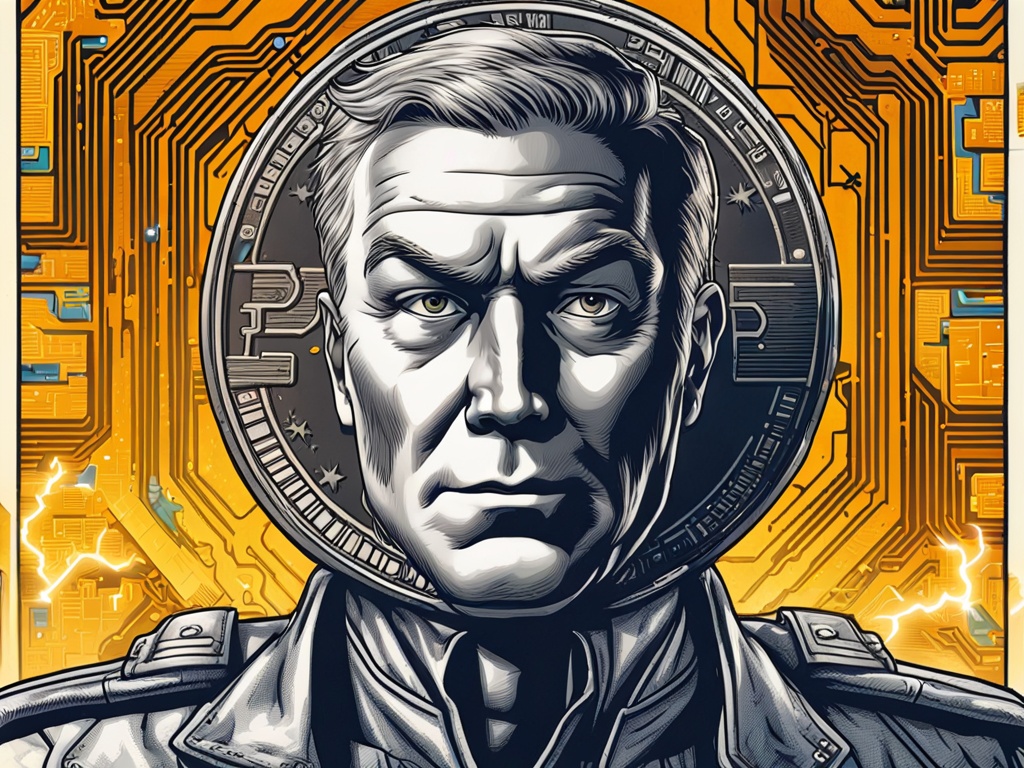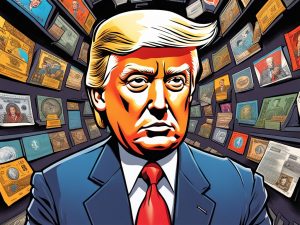Recent Developments in the Brazilian Real and Its Impact on the Economy 💱
In the latest economic events, the Brazilian Real (BRL) has hit a historic low against the US Dollar (USD) as of November 29. This is a significant point, especially as the USD had only achieved comparable heights against the BRL in early May 2020, coinciding with the onset of the COVID-19 pandemic.
Analysis from respected sources indicates that the ongoing decline of the Brazilian Real is intensifying. On November 28, the currency recorded its lowest value ever against the dollar, shortly followed by an unprecedented drop. This downturn came after remarks made by Fernando Haddad, Brazil’s Finance Minister, relating to the country’s future cost-saving strategies set for 2026.
Financial Strategies and Taxation Reforms by Fernando Haddad 📉
Haddad’s commitment to trimming R$70 billion (approximately $11.66 billion) in expenses did not meet the approval of international investors. The Financial Times highlighted concerns among business leaders who warned that increasing government spending contributes to inflation, which may push the nation’s debt to precarious levels.
Public reaction was swift, with many Brazilians expressing their concerns over social media platforms about proposed measures that include raising wealth taxes on monthly earnings exceeding R$50,000 (around $8,300). Critics speculate that such policies could drive wealthy individuals out of Brazil. Notably, Norway’s tax reforms have previously led to the departure of over 30 of its wealthiest citizens since 2021.
Since taking office in 2022, Haddad has faced significant disapproval for his rigorous taxation strategies. Nevertheless, it is essential to mention that the BRL had been on a path to gradual recovery over the previous two years against the USD before this recent decline.
The Current Exchange Rate Between the BRL and USD 💵
At present, the exchange rate stands at $1 for R$6.09, implying that one Brazilian Real is valued at approximately 0.164 USD for currency traders. This represents a R$0.10 (1.66%) increase over the all-time high recorded in May 2020, when the USD was traded at R$5.99.
Technical analysis suggests a potent momentum for the US dollar relative to the Brazilian currency. The weekly and monthly Relative Strength Index (RSI) reads at 72.29 and 69.50 points, respectively, indicating that the dollar is nearing an overbought condition.
Moreover, the 50-week exponential moving average, which reflects the average exchange rate over a year, currently shows an 11% discount from ongoing market prices, hovering around R$5.42 this week.
Interestingly, exchange offices in Brazil were already quoting prices above 6.50 BRL for USD during yesterday’s peak sessions. This growing discrepancy in the dollar’s retail value signals alarm bells for the national economy.
Amid these challenges, a Brazilian Congressman has introduced a proposal to establish a national Bitcoin (BTC) reserve. If this initiative gains traction, it could potentially bolster the Central Bank’s treasury, possibly offering a measure of support to mitigate the depreciation of the BRL against the USD.
Hot Take: Navigating Current Economic Challenges 🚀
The unfolding situation surrounding the Brazilian Real against the US Dollar illustrates the intricate dynamics of economic policy, public sentiment, and international investor confidence. With proposed fiscal reforms and the currency’s troubling trajectory, the path ahead is fraught with challenges. As Brazil navigates these turbulent waters, the situation surrounding Bitcoin and its potential role in strengthening the country’s financial foundations may come into clearer focus. Keeping abreast of these developments will be essential for understanding the larger economic implications this year.





 By
By
 By
By
 By
By
 By
By
 By
By
 By
By